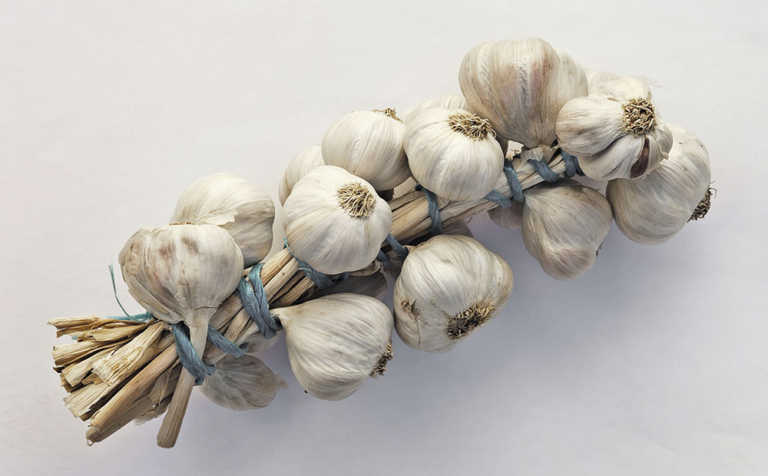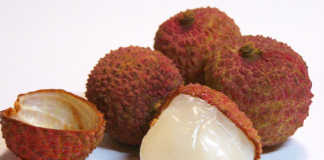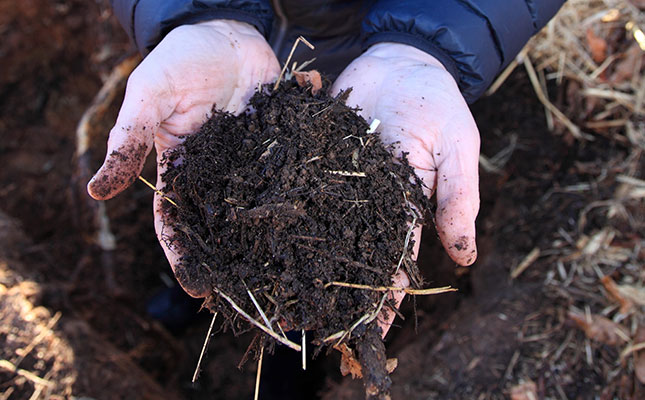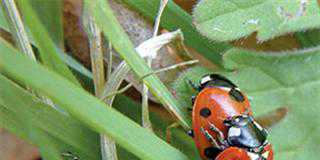
Photo: Luis Miguel Bugallo Sánchez (Lmbuga)
Garlic (Allium sativum) is a hardy crop that can survive low winter temperatures. While temperature and day length influence bulb formation, this is to a lesser extent than demonstrated by onions.
READ How to cure your soil after years of nutrient depletion
Most conditions suitable for onion production also apply to garlic cultivation, with the ideal growth temperatures between 13°C and 24°C.
Planting
Space the divided cloves 8cm to 15cm apart in rows 30cm to 40cm apart. Plant the cloves approximately 50mm deep on raised beds or on level ground, by hand or mechanically. While the ideal planting date varies from one area to another, the general recommendation in South Africa is from February to May.
Fertilisation
Before planting, work compost into the soil to improve its fertility and structure. At planting, broadcast about 125g/m², 3:2:3 granular fertiliser. During the growing period, which lasts about six to eight weeks after planting, apply 40g/ m² of 3:2:3 as a light side-dressing.
Irrigation
Garlic is successful under furrow, sprinkler, or drip irrigation. Its relatively shallow root system makes it sensitive to moisture stress throughout the growing season. While soil type determines the frequency of irrigation, it does not affect the total amount of water needed, and using mulch will reduce moisture loss from the soil surface.
Weeds and pests
Control weeds by cultivation or hand-hoeing, or use a registered herbicide. Avoid deep cultivation close to the plants to prevent root damage and subsequent yield loss. Integrate all these methods for best control.
Pests and diseases that affect garlic plants include cutworm, pink stalk borer, nematodes, white bulb rot, brown rust, pink root, stemphylium leaf blight and neck rot. Use registered chemicals, good cultivation practices and field sanitation in an integrated control programme to control these. Proper field sanitation includes removing all diseased plant material.
Flood infected lands to control pink rot, and treat diseased bulbs with a registered chemical before planting. It is also advisable to follow a sound crop rotation cycle, and to plant resistant cultivars. Ploughing the lands in winter controls most pests, and exposes cutworms in the soil to natural enemies such as birds.
Source: factsheet distributed by the Department of Agriculture.













